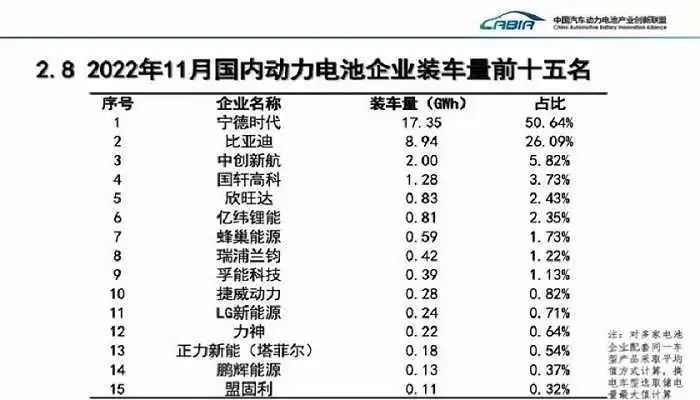simply paint the powder on the anode to prolong the life of lithium-皇冠彩票网址
addtime:2023-01-14 author:xinyuren hits:87
left: brushing metal powder on the surface of lithium anode can reduce the harm of dendrite to the recyclable battery.
right: the scanning electron microscope image shows a series of lithium foils processed by scientists at rice university.
after 340 charge-discharge cycles, the capacity of the battery with phosphorus/sulfur powder film on the anode is 70% more than that of the standard battery.
researchers have provided many ways to try to improve the performance of lithium-ion batteries, so as to avoid the degradation caused by dendrites, which usually affect the performance of lithium-ion batteries and lead to their failure.
a group of chemical experts from rice university came up with a fairly simple method to paint phosphor and sulfur onto the anode surface of the battery. researchers from rice chemical laboratory and professor james tour jointly developed this powder and attached it to the anode to form a thin layer of lithium coating, effectively preventing the formation of dendrites.
defeat dendrite
dendrite is pointed on the battery electrode, which can penetrate the barrier between the anode and cathode of the battery and contact with the electrolyte. this will cause battery short circuit and even fire, which not only leads to battery failure, but also may cause dangerous situations.
tour's team found that the surface energy of phosphate powder and sulfur powder attached to the lithium metal foil can be adjusted without using toxic solvent. researchers said that the anode modified in this way and paired with the lithium iron phosphate cathode of the test battery could increase the capacity of the existing battery by 70% after 340 charge-discharge cycles.
tour said: "this may simplify the manufacture of high-capacity batteries and improve them at the same time. grinding these powdery solids into lithium metal anodes can significantly reduce the formation of dendrites that cause battery short circuit, and also accelerate the material consumption."
find the right place
they said that the researchers did not realize that the special combination of phosphorus and sulfur was just suitable for the work at hand. the research team, including weiyin chen, a graduate student of rice university, tested various powder candidate materials on the battery electrode to see which can achieve the desired effect - and they did it more than once..
the coating process first involves a layer of surface layer to give the anode texture, and then a layer of powder is coated to form a thin film on the top of the electrode, which reacts with metal lithium to form a solid passivation layer.
chen said: "the powder on the surface of lithium metal will produce a layer of artificial passivation layer, which will improve the stability of charge-discharge cycle. the metal surface is stable through painting, so it can be safely charged."
rodrigo salvatierra, a member of the team, is a former postdoctoral researcher and now an academic visitor to tuor laboratory. chen and he designed and assembled a test battery to observe the working principle of the anode.
through these tests, the treated anode can maintain the so-called ultra-low polarization for more than 4000 hours, 8 times as much as the bare lithium anode. this indicates the improvement of equipment performance, because polarization will reduce the output voltage of the battery, which is another characteristic that damages the lithium-ion battery.
simplified behavior
tour said that in essence, the powder effectively regulates the surface energy of the electrode, resulting in a more uniform behavior in the whole material, thus forming a more stable device.
tour said in a press statement: "this provides a metal composite surface to prevent lithium metal from losing from the anode, which is a common problem of lithium metal batteries. the capacity of lithium metal batteries is far more than that of traditional lithium ion batteries, but lithium metal is often difficult to recharge."
researchers published relevant papers in the journal advanced materials.
tour's team also verified that their technology may have wider application by grinding powder into sodium electrode. the researchers said that this operation led to the stability of the voltage overvoltage of the electrode.
the idea of painting powder on the material surface comes from the early work of tour and rice's mechanical engineering colleagues. by grinding some powder to the surface, the surface has superhydrophobicity.
source: china chemical and physical power industry association



